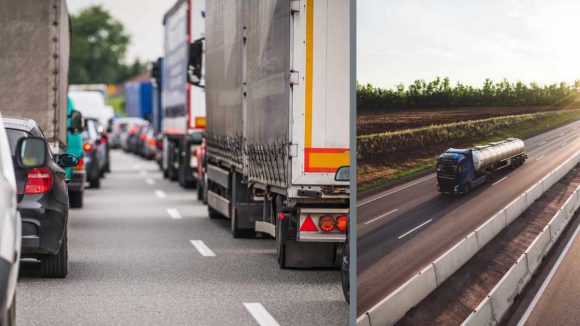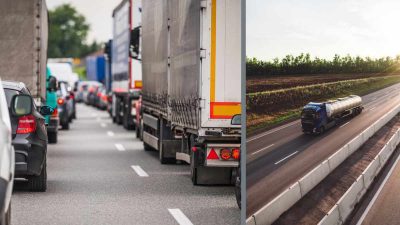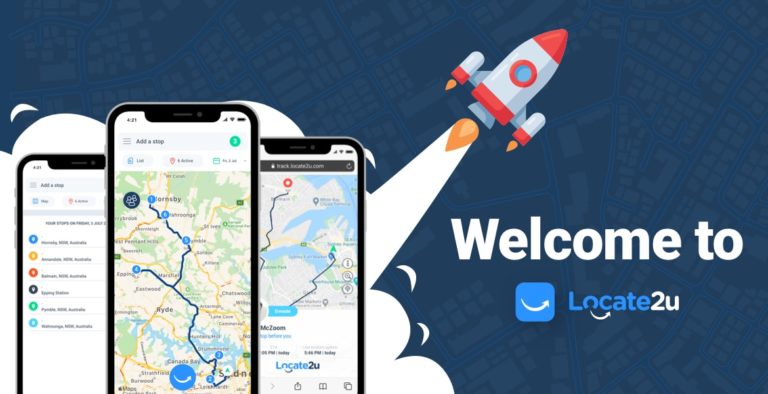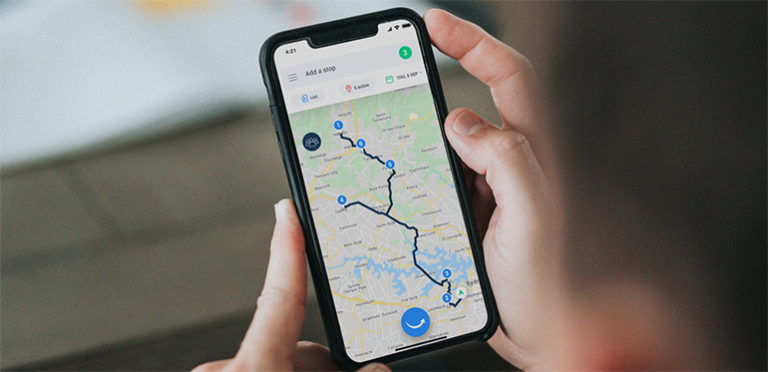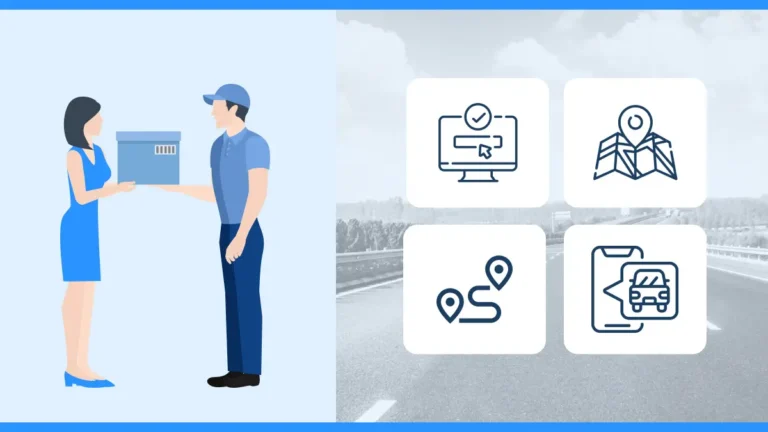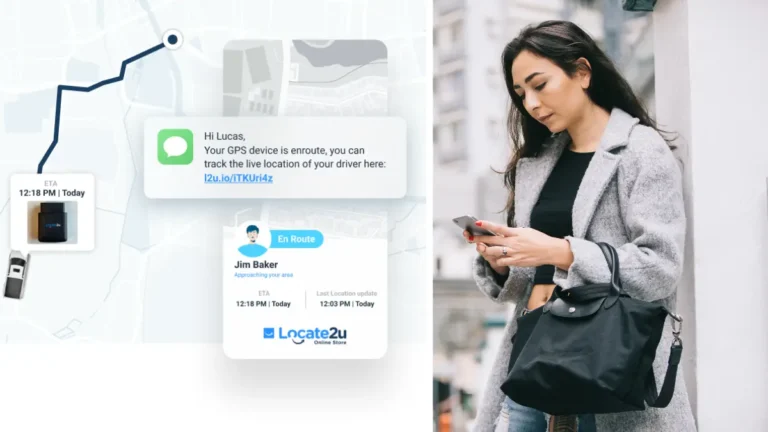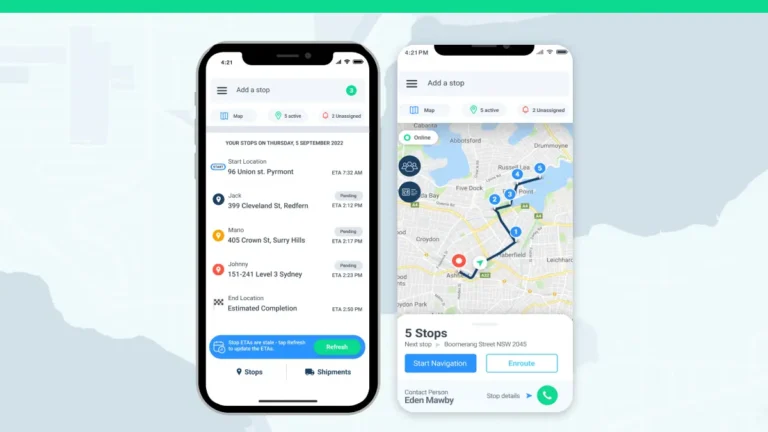Route optimization is the foundation of cost-effective, timely, and reliable delivery services.
Each geographic area brings a unique challenge and advantage to the delivery game. If you are an international seller, you need to consider things like the unique weather, the density of the population, the traffic, and the mobility in cities.
Here, you’ll learn how route optimization can bridge the challenges managers face during deliveries in urban and rural areas.
What is Route Optimization?
Let’s first start with what you’ve heard about route optimization.
Route optimization is the process of determining the most efficient route for a vehicle to take based on a set number of stops and outside variables. Each country, city, or metro has its variables that can have a significant impact on the last-mile delivery time windows.
According to experts, route optimization can enhance operational efficiency by 20 to 30% for trucking fleets. With the right software, you can cut transportation costs and significantly increase the rate of happy customers.
Route optimization is a critical process for the efficient management of delivery fleets. Whether you have a small fleet or a large one, route optimization helps you better manage urban and rural issues.
Benefits of Route Optimization
There are many benefits, from saving costs to keeping customers happy and better driver management.
Route optimization is lighter on the pocket: Lower fuel costs are a plus, while you also reduce labor costs and lower carbon emissions.
Happy customers: You end up delivering items after, which means more accurate ETAs and better communication with your customers.
Better driver management: Your drivers are happy because they are spending less time on the road, which leads to driver retention, reduced driver fatigue, and increased driver satisfaction.
Urban vs rural deliveries, why you need route optimization
Urban Deliveries
Urban areas battle challenges like high density, infrastructure (often congested roads), and demand patterns (time-sensitive drop-offs).
Here’s how route optimization can help:
- Unpredictable traffic delays requiring dynamic rerouting.
- Numerous stops in a small radius can complicate route sequencing if done manually.
- Tight delivery slots demand precise planning, and human error can easily slip through.
Rural Deliveries
Rural areas battle with fewer delivery points spread across vast distances and lower order volumes per route.
When it comes to infrastructure, its road network is often poorly maintained. Rural areas are unique due to the longer travel distances between stops.
Here’s how route optimization can help:
- Efficient routing ensures that vehicles cover only the necessary distances, reducing fuel consumption and operational costs.
- Route optimization groups deliveries strategically, ensuring fewer trips and maximizing vehicle utilization.
- Dynamic routing can adapt to sudden weather changes or unexpected road closures in remote areas.
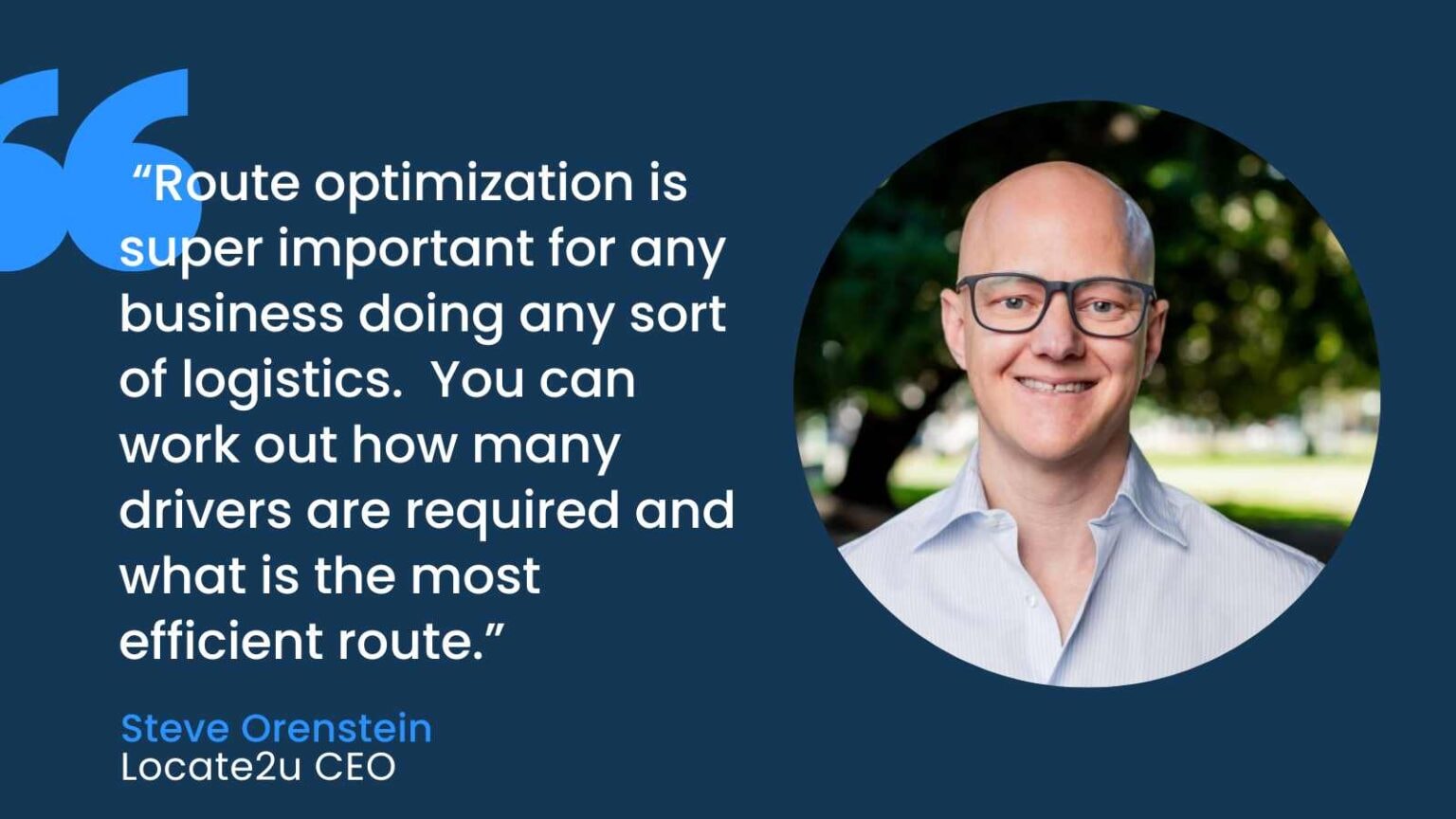
Strategies For Urban Deliveries With Route Optimization
Urban Areas
Your main focus here is addressing high density and infrastructure constraints.
Here are the strategies:
- Route optimization uses real-time traffic data:
“It’s a nightmare, and it’s not just London. Most of our cities (even small ones) have major problems with congestion and air pollution. And more so for delivery drivers,” admits Rob King, CEO and founder of Zedify.
Urban areas are prone to unpredictable traffic congestion. Using real-time data allows your business to reroute and avoid delays caused by accidents, construction, or rush-hour traffic.
- Prioritize time-sensitive orders
Urban customers often expect same-day or time-windowed deliveries. Prioritizing these orders ensures high customer satisfaction. It’s easy to automate these time-sensitive orders and avoid losing track of time and disappointing customers.
- Plan for Access Restrictions:
Vans easily get trapped in traffic and pollute the air. King compares them to “gateway for deliveries” coming into and out of the city.
Factor in limitations like low-emission zones, no-parking areas, or vehicle weight restrictions that are common in urban centers.
Strategies For Rural Deliveries With Route Optimization
Rural delivery optimization requires managing long distances, sparse stops, and infrastructure challenges. Often businesses are confronted with seasonal factors like heavy rains that can have a significant impact on deliveries.
Here are the strategies:
- Focus on efficient scheduling with route optimization
Consolidate deliveries to ensure vehicles are fully loaded, and routes are planned to minimize empty miles. Scheduling should account for lower delivery densities to maximize efficiency.
- Adjust Routes Seasonally:
Seasonal factors like snow, heavy rains, or unpaved roads can impact rural routes. Route optimization systems should adapt to these conditions to avoid disruptions.
- Incorporate Real-Time Adjustments:
Even in remote areas, real-time updates can guide drivers around unexpected roadblocks, such as livestock crossings or washed-out bridges.
- Maximize Fuel Efficiency:
Imagine your truck driver gets lost on a long road in the middle of nowhere. The customer gets frustrated, and your driver is running out of fuel.
Long distances in rural areas mean fuel consumption is a significant cost driver. Smart route optimization reduces unnecessary travel.
Route Planning Process With The Right Software
Planning your routes with route optimization is easy and convenient, whether it’s for rural delivery or urban drop-off.
Now that you understand why you need route optimization for rural and urban deliveries, here are easy steps to demonstrate how convenient it is.
Step 1: Collect your orders and addresses. Don’t forget the time windows.
Step 2: Optimize routes by using the software to allow algorithms to find the best path based on the multiple stops and variables.
Step 3: Inspect and edit the routes to adjust where necessary and ensure accurate delivery operations.
Step 4: Dispatch optimized routes to drivers and track the progress.
Best Route Optimization Software
Now that it’s time to choose the right software let’s give you the options and what they each offer.
Locate2u
Locate2u’s route optimization software keeps you ahead of traffic and continuously enhances your routes so that you may focus on other business-related tasks.
You can swiftly optimize many stops with Locate2u’s multi-stop routing capability. This helps you to complete more deliveries and raise the profitability of your business.
You can quickly re-route deliveries in the event of traffic delays or other delivery difficulties. This works without interfering with your delivery schedule so you can concentrate on getting products to customers.
Routific
Routific is a user-friendly and powerful route optimization software for small to medium-sized local delivery businesses.
You can create optimized routes, track drivers, and reduce your delivery costs by up to 20%. Capture proof of delivery, send customer notifications.
Circuit
It’s built for larger teams. It’s a browser-based application for multi-stop route planning and dispatch for multiple vehicles.
Instantly calculate the optimum delivery route in just one click. You don’t have to worry about time, distance, speed, or stop settings since Circuit does the math for you.
Onfleet
Onfleet’s route planning and route optimization help you automatically build routes, assign drivers, and make just-in-time changes.
OptimoRoute
OptimoRoute is a powerful routing application with flexibility and control for setting up individual driver profiles and shift schedules.
Route4Me
Route4Me’s route planning and route optimization tool has native applications built for the iPhone & iPad and the Google Android platform.
The app offers turn-by-turn directions for standard and commercial navigation, and works automatically with Google Maps, Waze, and integrates with most globally recognized telematics platforms.
About the author
Mia is a multi-award-winning journalist. She has more than 14 years of experience in mainstream media. She's covered many historic moments that happened in Africa and internationally. She has a strong focus on human interest stories, to bring her readers and viewers closer to the topics at hand.

